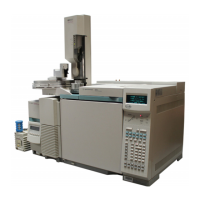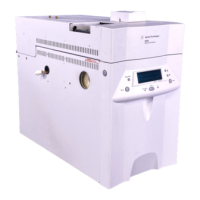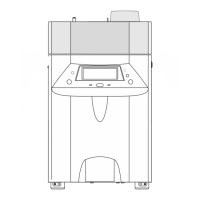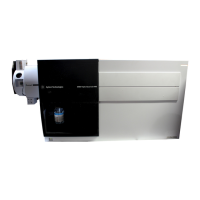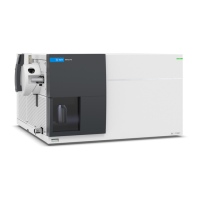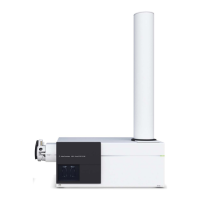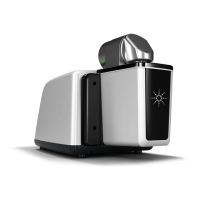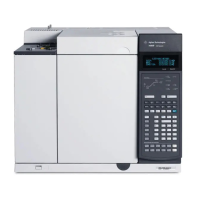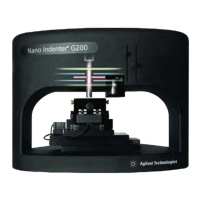218
Analytical Sequences
What is a sequence?
A sequence specifies the samples to be run and the stored method to be used
for each. It is divided into subsequences, each of which uses a single method,
plus a priority sequence and post-sequence events.
A sequence can contain one to five subsequences, and can be either automatic
liquid sampler- or valve-driven.
What can you do with it?
Sequences can be:
• Created by entering the sample and method information through the
keyboard.
• Stored by pressing [Store] [Seq] and giving the sequence an identifying
number from 1 through 5.
• Loaded by pressing [Load] [Seq] and specifying the sequence number.
• Modified by loading, making the changes you want, and then storing using
the same number. The new version replaces the old one.
The stored sequence control table, Figure 37, shows the times and dates that
the sequences were stored. This table is accessed by pressing [Seq]. The [Seq]
key toggles between the stored sequence control table and the sequence
definition control table, Figure 38.
Figure 37 Stored sequence control table
Sequence
number
1 to 5
Sequence status
<empty> = no
sequence with this
number,
time and date =
when sequence
was stored.
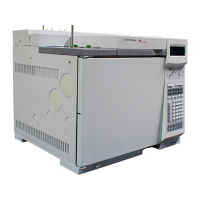
